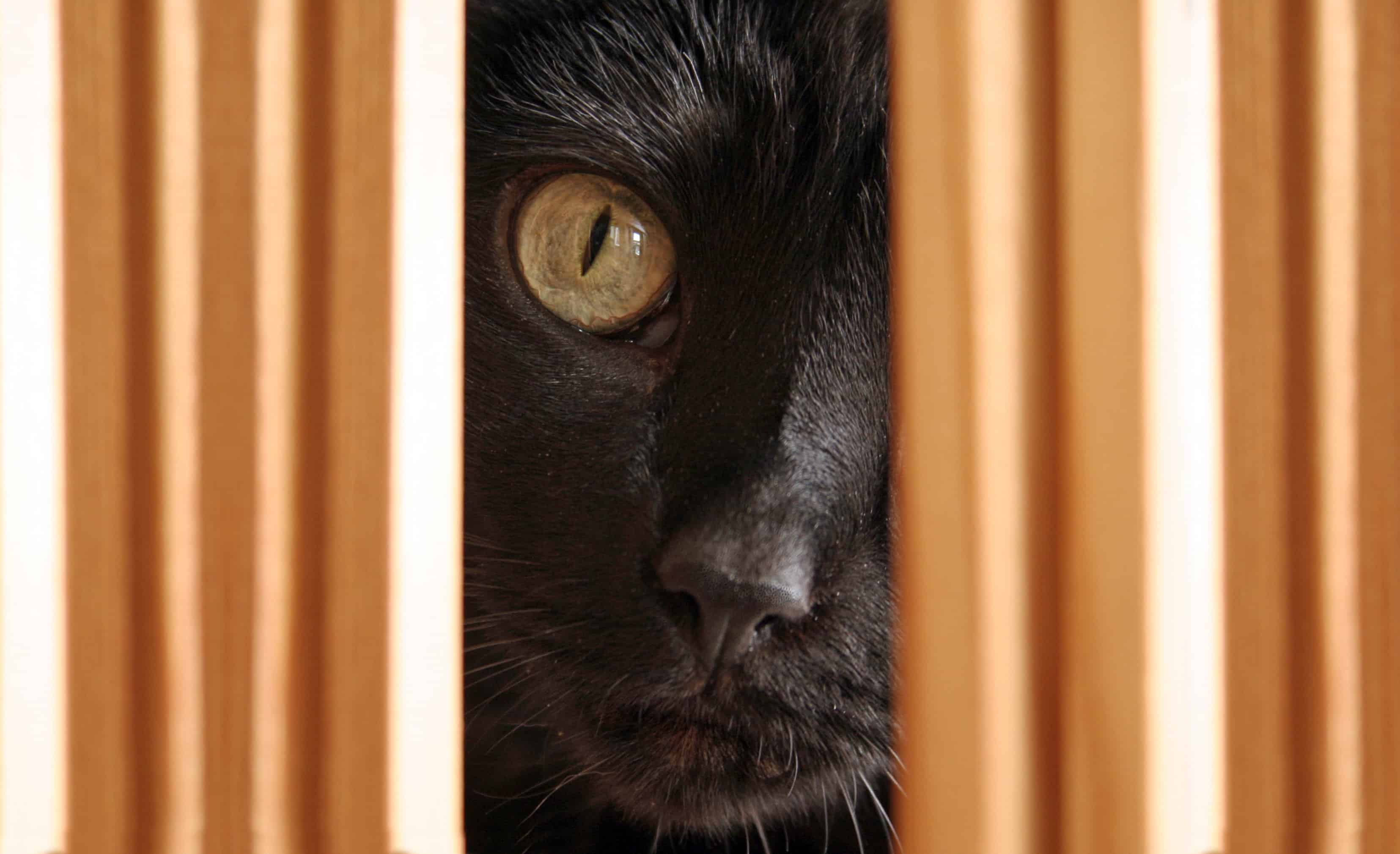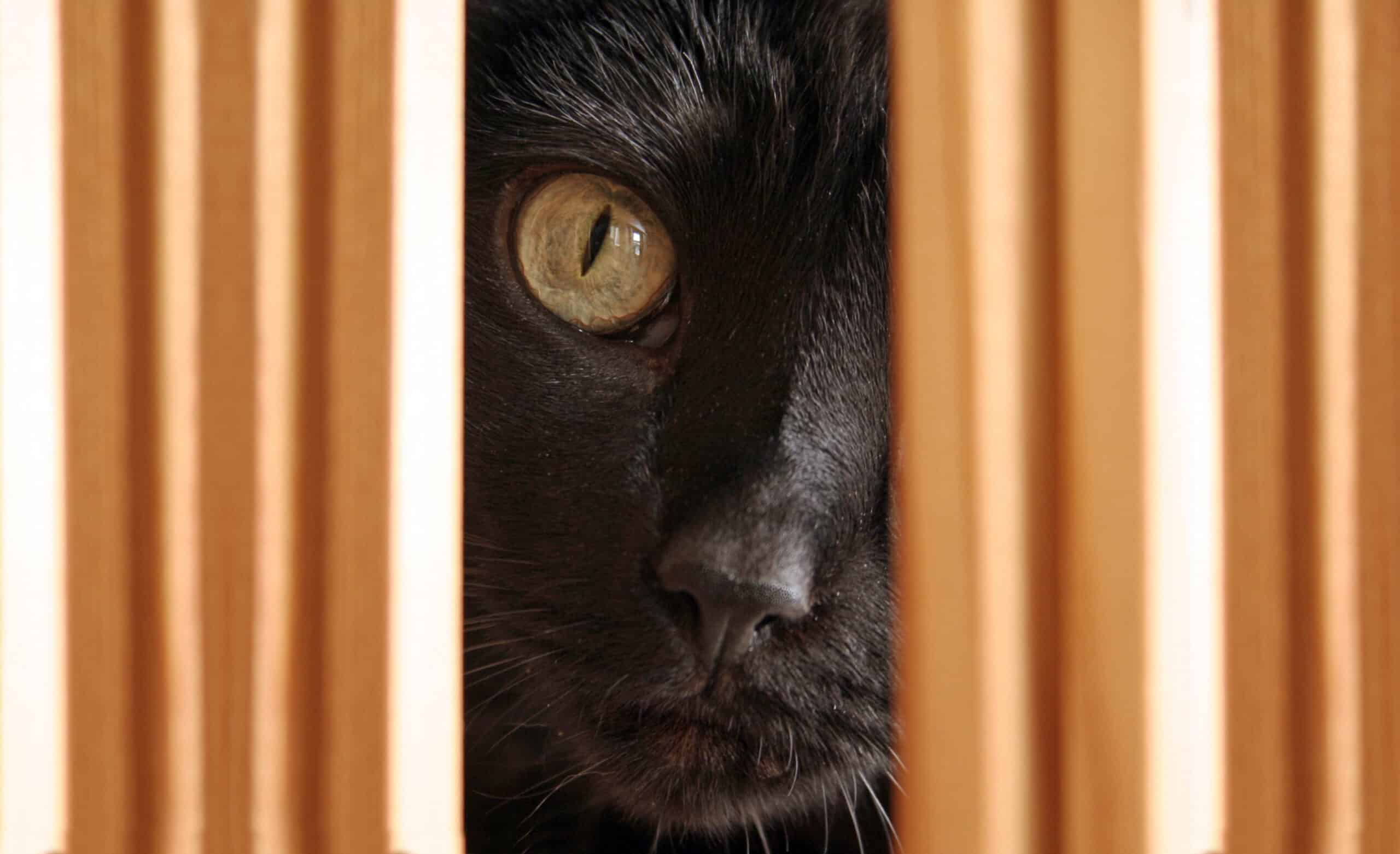The Social Cat? Examining the Finer Points of Feline Behavior
 If someone told you that you had the social skills of cat would you be a little…nonplussed? While cats can certainly be affectionate and friendly, as a group they are quiet, reserved, and even perceived as unapproachable. Feline behavior is complex, and making friends with a cat is never a sure thing. Whether you’re wondering about human-cat, dog-cat, or cat-cat relationships, Beverly Hills Veterinary Associates has the scoop on how cats socialize.
If someone told you that you had the social skills of cat would you be a little…nonplussed? While cats can certainly be affectionate and friendly, as a group they are quiet, reserved, and even perceived as unapproachable. Feline behavior is complex, and making friends with a cat is never a sure thing. Whether you’re wondering about human-cat, dog-cat, or cat-cat relationships, Beverly Hills Veterinary Associates has the scoop on how cats socialize.
Feline Dynamics
If you’ve ever witnessed two cats that are unfamiliar with each other, the spectacle never fails to amaze. Puffed up tails and back fur, raised haunches, and an impressive ability to avoid eye contact round out the scene of territorial feline behavior.
Unlike dogs, cats hunt alone and establishing a hunting territory is vital to survival. Cats mark their borders in order to communicate and avoid conflict with other felines, using urine, feces, and various scent glands. Cats will eat, sleep, and play in a chosen territory, and will defend this core area from the possible threat of another feline.
First Steps
If you’re hoping to cultivate a friendship between two felines, a slow, steady, and nuanced introduction will help win the race. Because of the strong territorial traits of feline behavior, you never want to do is rush an introduction between potential cat friends. Allow them to ease into the new social order (understanding there are never any guarantees between animal co-habitants) and try these techniques:
- Keep your cats apart for a couple of days until they get used to the scent of their counterpart. You could try planting a well-used blanket in each other’s spaces, or even switch the litter boxes to further understanding and acceptance of the other.
- Your resident cat’s access to the house should remain the same, but your new cat should be confined in a separate area that has all his or her creature comforts.
- While separated, attempt to feed each cat on either side of the door. This creates positive associations.
- Take note of any displays of aggression, such as hissing or refusing to eat.
- After some time, try to switch up the locations and allow each cat to enjoy a meal or snack in the spot previously staked out by the other.
Feline Behavior at it’s Best
Amicable greetings, such as nose sniffing, head bumping, and a vertical tail, are possible over time, and it’s not uncommon to see housemates snuggle and even groom each other. However, this type of feline behavior is more typical between females and males after significant time gaining familiarity.
Adult or senior cats may react differently to felines of the same age and gender, especially males. Likewise, a new kitten on the scene can trigger a previously unseen display of ire in a mature feline.
You may notice that the cat in your life seems to be just fine without any social interactions, but that doesn’t mean he or she wouldn’t benefit from some. Please give us a call if you need help addressing anxious or stressed feline behavior, such as avoidance, fighting, or unfriendliness.
Our veterinarians and staff and staff are dedicated to your cat’s wellness which definitely includes the friendships between other pets and people. With a bit of patience and understanding, your cat may just be the biggest social butterfly on the block!

